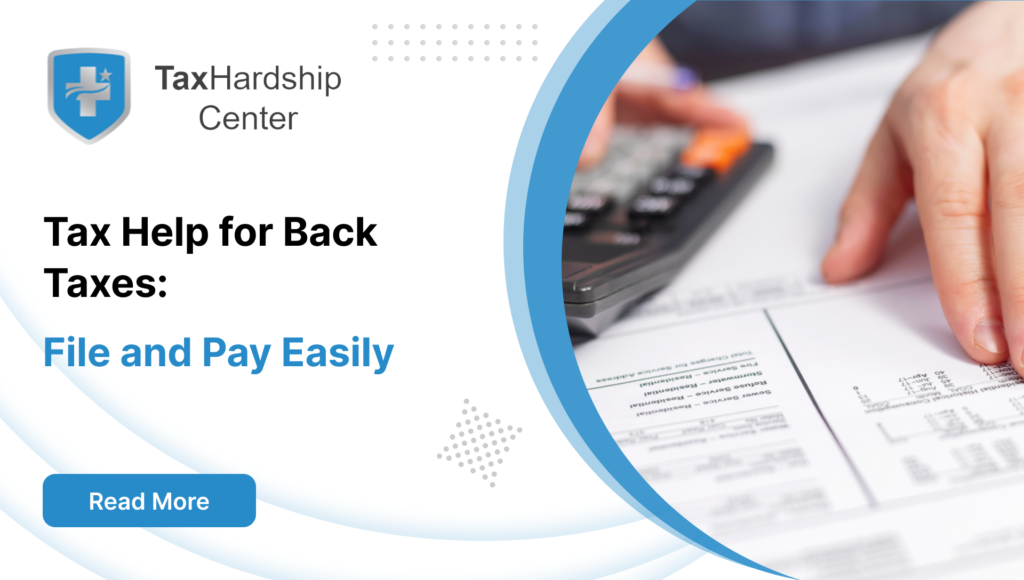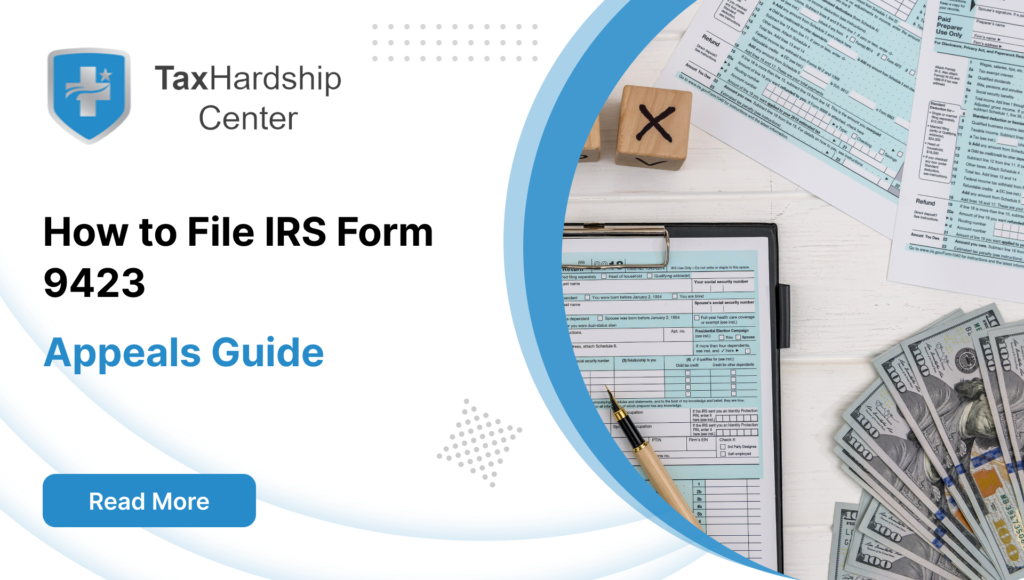Health Savings Accounts (HSAs) provide individuals with an advantageous approach to allocating funds for future medical expenses by utilizing pretax dollars, which can lead to substantial tax savings. However, the perks of HSAs are balanced by a set of particular reporting obligations that users must adhere to to remain compliant with Internal Revenue Service (IRS) regulations.
The cornerstone of HSA reporting is Form 8889, which must be completed and attached to the account holder’s tax return yearly to relay information about contributions, distributions, and the account’s status. In this comprehensive guide, we will delve into the myriad facets of Form 8889, elucidating the function of an HSA and the intricate requirements necessary to preserve its compliance and maximize its benefits.
How an HSA Works
An HSA is a personal savings account established by individuals enrolled in a high-deductible health plan (HDHP). With an HSA, users can save for qualified medical expenses on a tax-favored basis. Contributions to an HSA are deductible from your taxable income, the growth on the account is tax-deferred, and distributions used for qualifying medical expenses are not taxed.
The ability to carry over the balance from year to year (without the “use it or lose it” policy that affects Flexible Spending Accounts) and the potential for the funds to be invested make HSAs a compelling choice for managing health care costs both now and in retirement.
Simplifying Form 8889 for Your HSA Reporting Needs
Navigating Form 8889 for your Health Savings Account (HSA) can be daunting, but Tax Hardship Center is here to make it seamless. Our expert team specializes in simplifying tax processes, ensuring accuracy, compliance, and maximum HSA benefits. We offer a 14-day money-back guarantee and guide you through Form 8889 quickly and confidently.
The Role of Form 8889
Form 8889 is the tax form that HSA account holders must file with their Form 1040 or 1040-SR. Its primary purpose is to report contributions to and distributions from the HSA. The form helps determine the deductibility of donations, the taxable portion of distributions (if any), and any penalties that may be owed due to nonqualified expenses or excess contributions.
Sections of Form 8889
Form 8889 is divided into three parts:
- Part I: Contributions and Deduction: This section is where the taxpayer enters the total HSA contributions for the year, including those made by the employer and the individual. It also calculates the allowable HSA deduction for the taxpayer’s contributions.
- Part II: Distributions: The taxpayer reports all amounts withdrawn from the HSA during the year. The form then guides the taxpayer in determining which distributions were used for qualified medical expenses and thus are not taxable and which (if any) are subject to taxes and penalties.
- Part III: Tax Treatment: This section is only required if the taxpayer engaged in certain transactions, such as funding the HSA with a rollover from an IRA, or if the taxpayer must calculate an additional tax on excess contributions or nonqualified distributions.
Maintaining HSA Compliance
Adhering to the contribution limits set by the IRS each year is vital. Exceeding these limits can result in penalties and taxes on the excess amount. Additionally, non-medical withdrawals from an HSA are taxable as income and usually incur an additional 20% penalty. There are exceptions to this penalty for account holders who are disabled, have reached Medicare eligibility age, or have passed away.
Recordkeeping is essential. It’s important to save receipts and documentation for all medical expenses paid out of an HSA to justify that distributions were used for qualified medical expenses. These records may be necessary if the IRS requests proof of the expense claims.
Lastly, understanding the various rules that govern family coverage versus individual coverage, the pro-rated contribution limits for individuals who change their insurance coverage during the year, and the rules for a year when an individual signs up for Medicare are all critical to ensuring that contributions and deductions are accurate.
Understanding the Necessity of Filing IRS Form 8889
IRS Form 8889 is essential for individuals with a Health Savings Account (HSA). This form must be filed by anyone who has either contributed to or taken distributions from an HSA during the specified tax year. It is crucial not only for those actively contributing to or using their HSAs but also for those who may have experienced changes in their High Deductible Health Plan (HDHP) coverage, as certain circumstances can lead to unexpected tax consequences and penalties. Filing Form 8889 is how individuals report their HSA contributions and distributions to the Internal Revenue Service (IRS) and claim appropriate federal income tax return deductions.
Detailed Instructions for Completing Form 8889
Part I – Reporting HSA Contributions and Deduction
In the first section of Form 8889, you are responsible for declaring any money that you or someone on your behalf, including your employer, contributed to your HSA throughout the tax year. This section also determines the total contribution amount eligible for deduction on your tax return, which could reduce your gross taxable income. This reduction is contingent upon adhering to the IRS’s annual contribution limits.
Part II – Accounting for HSA Distributions
Part II of Form 8889 requires a meticulous accounting of all withdrawals from your HSA. The critical factor is whether these distributions were used to pay for qualified medical expenses. If they were, they would remain tax-free. When they are not, these distributions are typically considered taxable income and could also be subject to additional penalties. Careful record-keeping is necessary to ensure the distributions can be accurately detailed and justified as tax-exempt.
Part III – Tax Implications for HDHP Coverage Lapses
Part III of the form becomes relevant for those without continuous coverage under a qualifying HDHP. This section has been designed to calculate any taxable portion of HSA distributions that correspond with periods of ineligibility and any additional taxes owed due to the failure to maintain appropriate HDHP coverage. Any HSA funds used without proper HDHP coverage are subject to tax penalties, which must be computed and reported in this part of the form.
Eligibility Criteria for an HSA
To be eligible to open and contribute to an HSA, you must be enrolled in a qualifying HDHP. Additional conditions include not having any other health coverage that isn’t an HDHP, not being enrolled in Medicare, and not being claimed as a dependent on someone else’s tax return. Meeting these requirements is necessary to benefit from the tax advantages associated with an HSA.
Appropriate Use of HSA Funds
Ensuring that HSA funds are utilized exclusively for qualifying medical expenses is paramount for maintaining the account’s tax-exempt status. Qualified medical expenses typically include various costs associated with medical care and dental and vision care expenses that have not been reimbursed by insurance or other health plans. Adhering to the proper use of the funds ensures that account holders can fully leverage the tax benefits offered by HSAs.
Preparing Form 8889 with Accuracy
The preparation of Form 8889 demands comprehensive documentation of all contributions made to and distributions taken from the HSA, as well as a clear understanding of your HDHP coverage over the entire year. It is advisable to keep meticulous records of all medical expenses to substantiate any distributions claimed as qualified. Utilizing tax preparation software or seeking the expertise of a tax professional can significantly assist taxpayers in navigating the intricacies of Form 8889.
Steps To Fill The Form 8889
Filing Form 8889 is a critical step for anyone managing an HSA, and understanding the various sections and requirements is essential for the lawful and efficient use of these accounts. By properly completing Form 8889, taxpayers ensure compliance with IRS regulations and establish disciplined healthcare savings while enjoying significant tax benefits.
Filing IRS Form 8889 can be broken down into a series of steps. Below is a simplified guideline to help you complete the form correctly:
Step 1: Gather Your Documents
Before you start filling out Form 8889, gather all necessary documents, which may include:
- Your HSA contribution records for the tax year (including contributions from your employer and any after-tax contributions you made).
- Records of all distributions from your HSA.
- Receipts for all qualified medical expenses paid out of your HSA.
Step 2: Fill in Basic Information
Enter your name and social security number at the top of Form 8889 to match your Form 1040 or 1040-SR information.
Step 3: Complete Part I – Contributions and Deduction
- Line 1: Enter the total HSA contributions for the tax year.
- Line 2: Note any contributions made by your employer (found in Box 12 of Form W-2 with code W).
- Line 3: Subtract Line 2 from Line 1. This amount represents your contributions.
- Line 4: Write down the HSA contribution limit for the year based on your coverage (individual or family).
- Line 5: Enter any contributions made for the previous year before the tax filing deadline.
- Line 6: Adjust your maximum contribution limit if necessary (for individuals aged 55 and older or changes in insurance coverage).
- Line 7: Subtract Line 5 from Line 4 (or Line 6 if applicable).
- Line 8: Enter the smaller of Line 3 or Line 7. This amount is deductible.
- Line 9: Calculate your deductible HSA contribution, considering all applicable adjustments.
Step 4: Complete Part II – Distributions
Line 14a: Enter the total distributions from your HSA for the year.
Line 15: List the portion of Line 14a spent on qualified medical expenses.
Line 16: Subtract Line 15 from Line 14a to determine non-qualified distributions.
Line 17: Determine if you owe any additional tax on non-qualified distributions.
Step 5: Complete Part III – Income and Additional Tax for Failure to Maintain HDHP Coverage (if applicable)
Line 18: If you still need to maintain HDHP coverage, complete this section to calculate the portion of taxable contributions and earnings.
Lines 20-22: Determine any additional tax you owe for not maintaining HDHP coverage.
Step 6: Final Calculations and Signatures
- Transfer amounts from Form 8889 to the relevant lines on your Form 1040 or 1040-SR tax return.
- Verify all information for accuracy.
- Sign and date your tax return.
Step 7: File the Form
- Attach Form 8889 to your tax return.
- File your tax return and Form 8889 by the tax filing deadline.
Conclusion:
Filing Form 8889 is essential for HSA users to report contributions and distributions accurately, ensuring compliance with IRS regulations. Understanding the form’s sections and requirements, maintaining HSA eligibility, and adequately using funds are crucial for maximizing HSA benefits while avoiding penalties.
Why Tax Hardship Center?
1. Hassle-Free Assistance:
Say goodbye to sleepless nights and endless tax-related stress. At the Tax Hardship Center, we believe in simplifying the complex. Our team of experts is dedicated to guiding you through every step of the process, ensuring that your tax concerns are met with precision and care.
2. 14-Day Money Back Guarantee:
We’re so confident in our ability to ease your tax worries that we offer a 14-day money-back guarantee. If, for any reason, you’re not satisfied with our service, we’ll gladly refund your investment. Your peace of mind is our top priority!
3. Free Consultation:
Are you curious about how we can transform your tax experience? Book a free consultation now! Our team will assess your situation, answer your questions, and provide free insights tailored to your needs.
4. Nationwide Coverage:
No matter which corner of the United States you call home, the Tax Hardship Center covers you. We proudly serve all 50 states, bringing our expertise to your doorstep. Wherever you are, our commitment to excellence follows.
FAQs:
1. Why is Form 8889 necessary for HSA users?
Form 8889 is required to accurately report HSA contributions and distributions to the IRS, ensuring compliance with tax regulations and maximizing tax benefits associated with HSAs.
2. What are the critical sections of Form 8889?
Form 8889 consists of three parts: Contributions and Deductions, Distributions, and Tax Implications for HDHP Coverage Lapses. Each part addresses specific aspects of HSA reporting and compliance.
3. What are the eligibility criteria for an HSA?
To qualify for a Health Savings Account (HSA), individuals must be enrolled in a high-deductible health plan (HDHP), not have other health coverage, not be enrolled in Medicare, and not be claimed as a dependent on someone else’s tax return.
4. How can HSA funds be used?
HSA funds must be used exclusively for qualified medical expenses to maintain tax-exempt status. Qualified expenses include medical, dental, and vision care costs not covered by insurance.
5. What are the steps to fill out Form 8889 accurately?
The steps include gathering necessary documents, filling in basic information, completing Parts I, II, and III of the form, performing final calculations, and filing the form with the tax return by the deadline. Accuracy and thorough record-keeping are crucial throughout the process.








